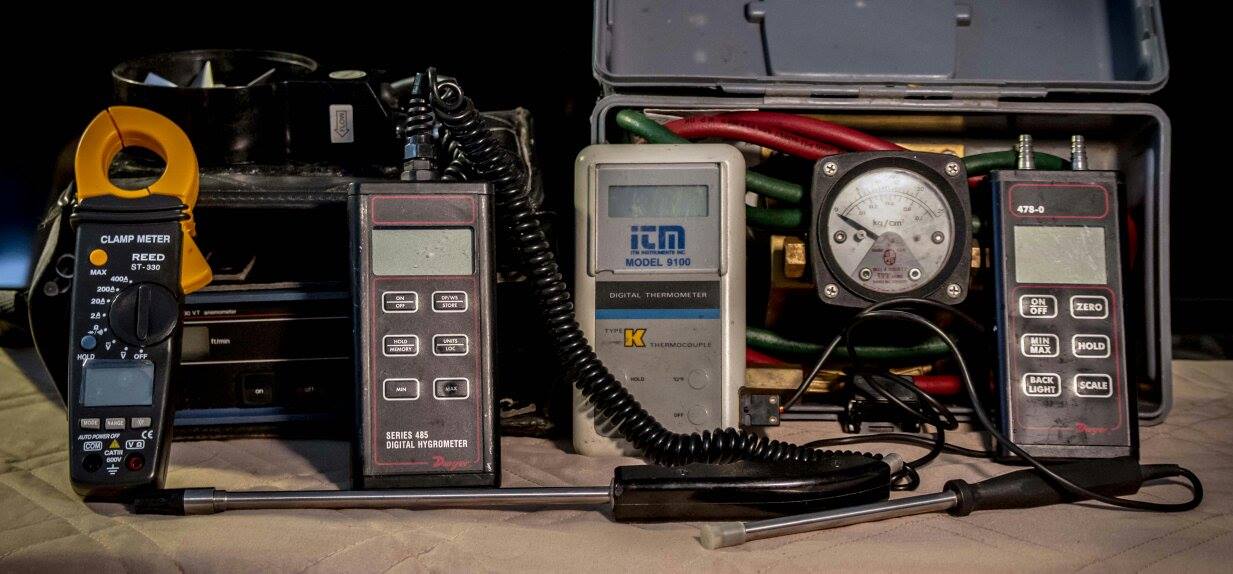Explain ASHRAE 110, What is ASHRAE 110, How does ASHRAE 110 pertain to labs

Explain ASHRAE 110 speaks to what is ASHRAE 110 and how does ASHRAE 110 pertain to labs.
This is a document which advises tests required on an annual and five year basis to verify the safe operation of fume hoods in laboratories. This document was last modified in 1995 and offers test procedures to be used in laboratories throughout the USA, Canada and other countries.
Note in Federal government laboratories in Canada the MD15128 guidelines are in effect. MD15128 guidelines were produced using ASHRAE 110 test procedures. MD15128 guidelines will advise what will cause a fume hood to fail whereas ASHRAE 110 simply explains the test procedures to be used.
As noted in explain ASHRAE 110:
The performance of a laboratory fume hood in providing protection for a technician at the face of the hood is greatly influenced by the design of the fume hood, the design ventilation of the laboratory and the placement of other exhaust devices in the laboratory.
There is a requirement to establish an “as used” performance rating which will differ some from the “as installed” and “as manufactured” performance rating. This document does not suggest safe operation procedures for the laboratory as only the laboratory manager can do that. It suggests safe operating performance of the fume hoods. However fume hoods are considered by many to be the primary safety devices in the labs. Other exhaust devices are canopies and exhaust arms.
Below listed are important factors to be considered in the safe operation of the laboratory that are not dealt with in this document.
ASHRAE 110 Terms
Cross drafts Air currents may, by creating turbulent air pockets, draw contaminants from the fume hood. These cross drafts could be caused by air supply diffusers or grilles, open windows or doors, or the movement of people in front of the hood.
Work procedures There exists substantial evidence to suggest that all work in a fume hood should be conducted as far back in the hood as possible. Users have standardized the requirement that all work should be done a minimum of 6 inches behind the face of the sash opening or further back when possible.
Internal obstructions The location of too much laboratory equipment in the fume hood will disturb airflow patterns into the hood.
Procedure being used The intrinsic hazard of the procedure being performed can affect the level of safety of the technician. Thermal consideration Heat produced in the hood can cause significant disturbance in hood performance and can even cause leakage of warm contaminated air from the top of the hood or from the sash.
Rate of response The transient state or interval required for a variable air volume hood to respond to a rapid opening of the sash, or the time interval required for a hood to respond to a change in static pressure in the main exhaust duct serving multiple hoods, may affect hood performance.
Hard copy and E book for sale. Introduction to Building Mechanical Systems. Click here.